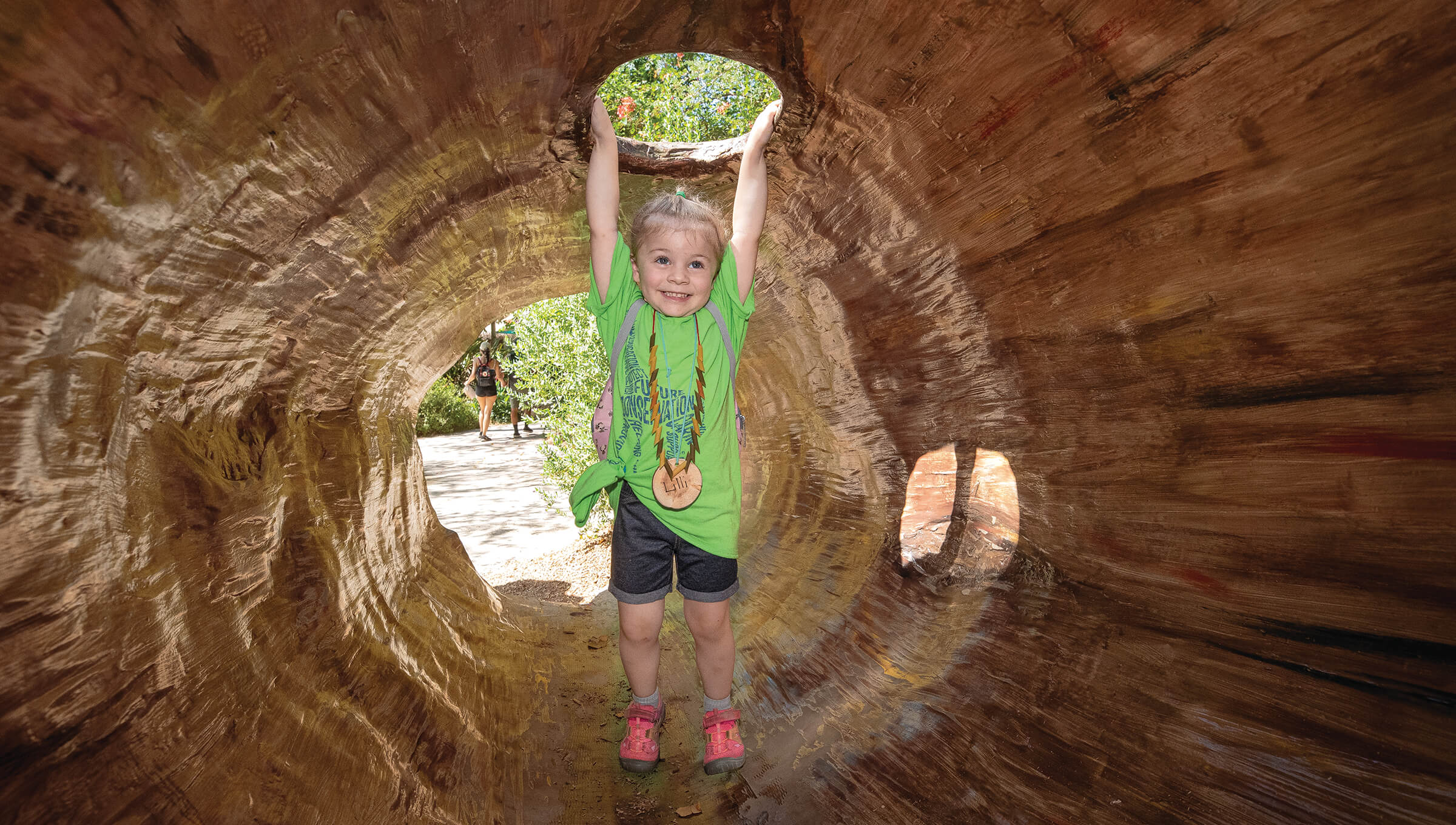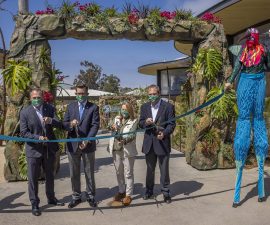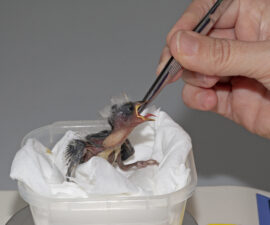BY Maggie Reinbold
Maggie Reinbold, M.S., director of community engagement for San Diego Zoo Wildlife Alliance, discusses ways to engage youth with wildlife conservation.
“The plain fact is that the planet does not need more successful people. But it does desperately need more peacemakers, healers, restorers, storytellers, and lovers of every kind. It needs people who live well in their places. It needs people of moral courage willing to join the fight to make the world habitable and humane.”
-David Orr, Ph.D., (Author, Educator, Environmentalist) from his book Earth in Mind: On Education, Environment, and the Human Prospect
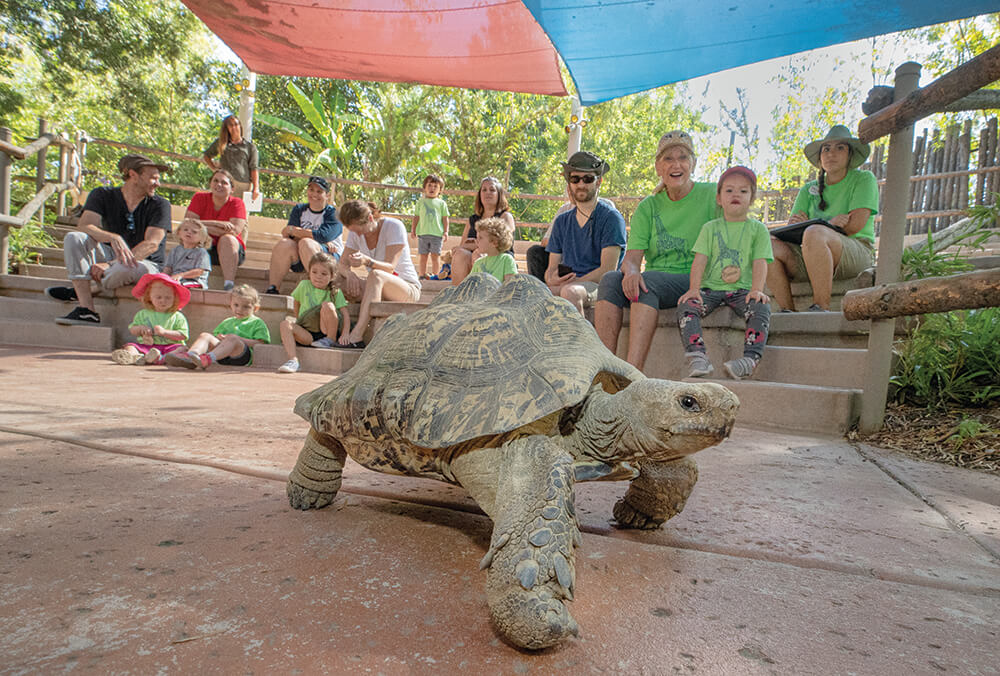
We all have a role to play in realizing Dr. Orr’s vision of a world of dedicated peacemakers. For more than a hundred years, SDZWA educators have inspired passion for nature through transformative wildlife experiences for visitors of all ages and from all over the world. These pivotal experiences unfold each and every day on grounds at the Zoo and Safari Park, in our experiential learning labs at the Beckman Center for Conservation Research, and through our captivating publications and innovative digital content. Our work is to help visitors understand and appreciate the value of plants and animals, the inextricable link between wildlife and human well-being, and their own vital role in preserving wildlife into the future.
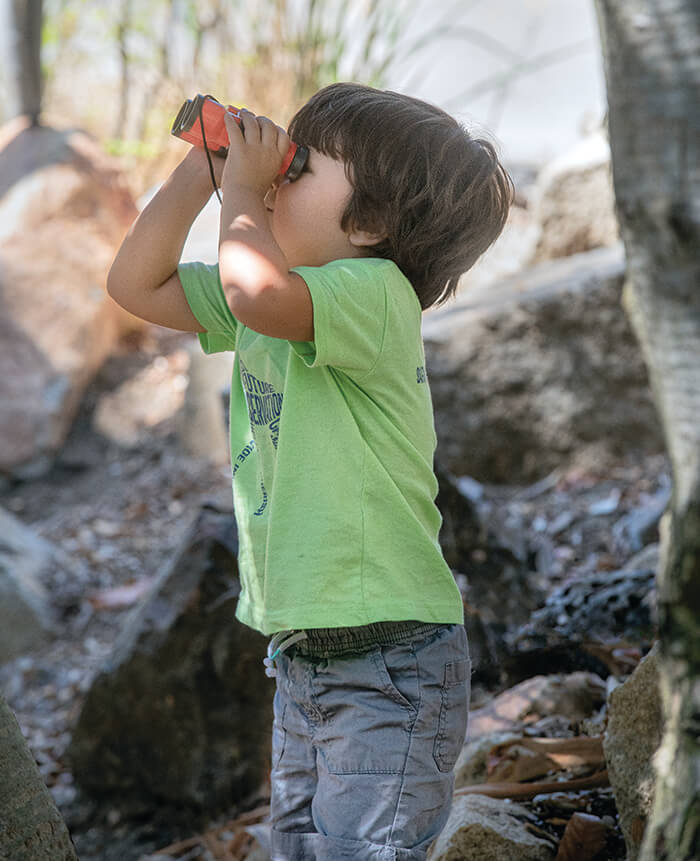
One critically important stakeholder group at the center of our efforts is local children, representing the next generation of regional professionals, voters, consumers, teachers, parents, and community leaders. Our founder, Dr. Harry Wegeforth, knew something of the importance of this stakeholder group when he dedicated the Zoo to the children of San Diego back in 1916. Every year since, we have engaged many thousands of local schoolchildren with experiential learning opportunities on grounds, in area schools, and in adjacent communities. These children, to whom the Zoo was dedicated, will soon be stewards of the most biologically diverse region in the contiguous United States—the California Floristic Province, our very own biodiversity hotspot—with its extraordinary array of habitats and endemic wildlife.
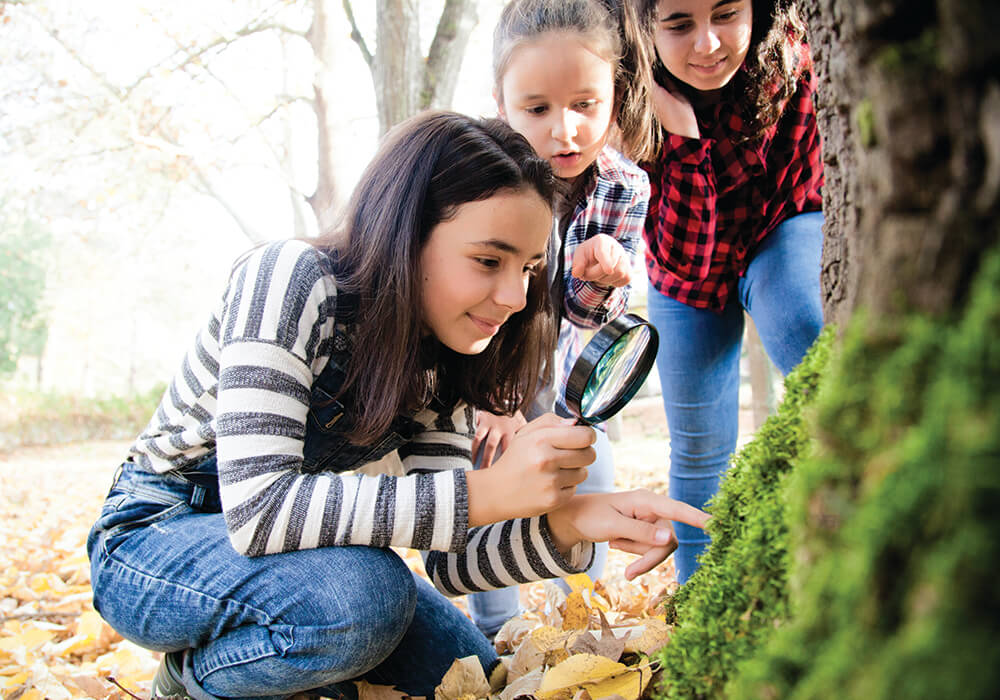
As we move into our second century of inspiring passion for nature, we deepen our commitment to empowering local students with positive conservation actions to preserve the wildlife around them. For example, at the individual level, we are motivating students to save water on behalf of local endangered species, to conserve electricity to combat impacts of regional climate change, and to be thoughtful, responsible consumers of products and services. At the community level, we are inspiring them to petition their schools to adopt practices that support conservation, to organize cleanup events in their neighborhoods, and to lobby local governments in support of wildlife-friendly policies. And perhaps most importantly, we are encouraging them to share their knowledge and experiences with friends, family, and community members to inspire meaningful wildlife advocacy in others.

Children transforming their knowledge and passion into positive conservation action offer enormous hope for the future. We see Dr. Orr’s vision come to life through student-inspired native gardens, student-led wildlife awareness campaigns, student-analyzed wildlife monitoring data, and through the impactful fulfillment of student conservation pledges. Here at the Alliance, we take on this work with special honor, and we are more dedicated than ever to working alongside children to build a more habitable and humane world—a world where all life thrives.
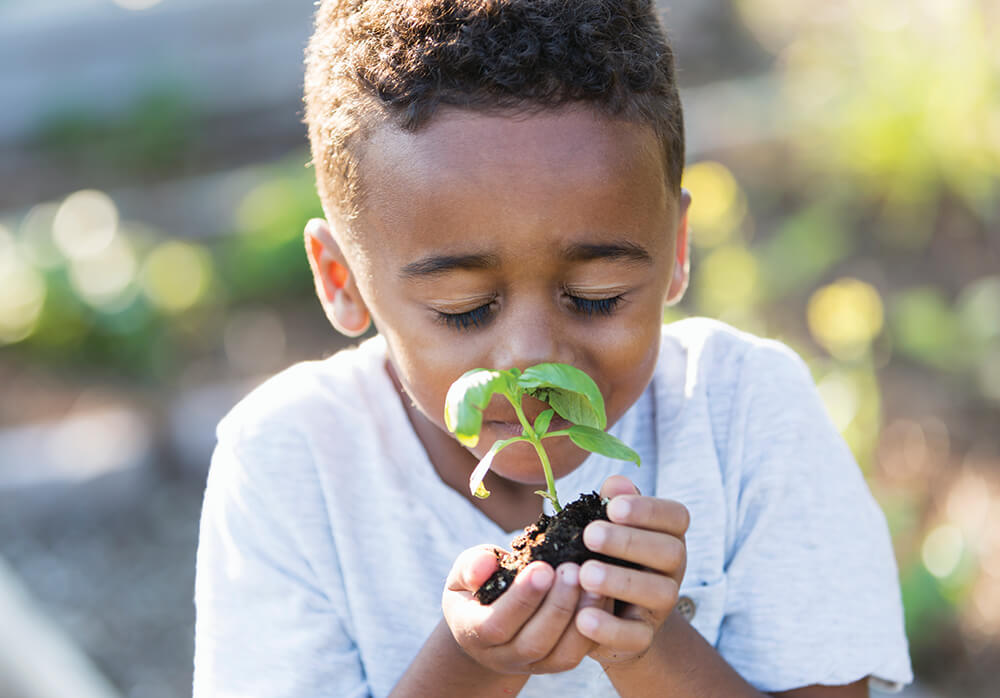
The Basics of Nature Play
Connecting youth with the natural world and inspiring future environmental champions
What: Nature play is any activity that gets kids playing and learning in natural, outdoor spaces. It allows kids the freedom to move and explore, as well as to guide their own play decisions, stretch their imaginations, and develop a relationship with nature.
Where: Any open-air space that offers opportunities to experience nature freely. Anywhere from a backyard or a neighborhood park to a trail, creek, or forest—the size and location of the space don’t matter, so long as kids have access to a diversity of tactile natural elements, such as vegetation, rocks,
dirt, and water.
Why: Kids are spending an increasing amount of time inside, engaging with screens and playing with artificial materials. It is more important than ever to encourage exercise of bodies and minds outdoors. The benefits of nature play are many: studies show that it enhances kids’ self-esteem, creativity, academic performance, social skills, and health. Further, it instills positive and long-lasting emotional connections to nature, environmental empathy, and pro-environmental behaviors—essential values for the
future of conservation.
Young conservationists can explore nature at the Denny Sanford Wildlife Explorers Basecamp, opening soon.

